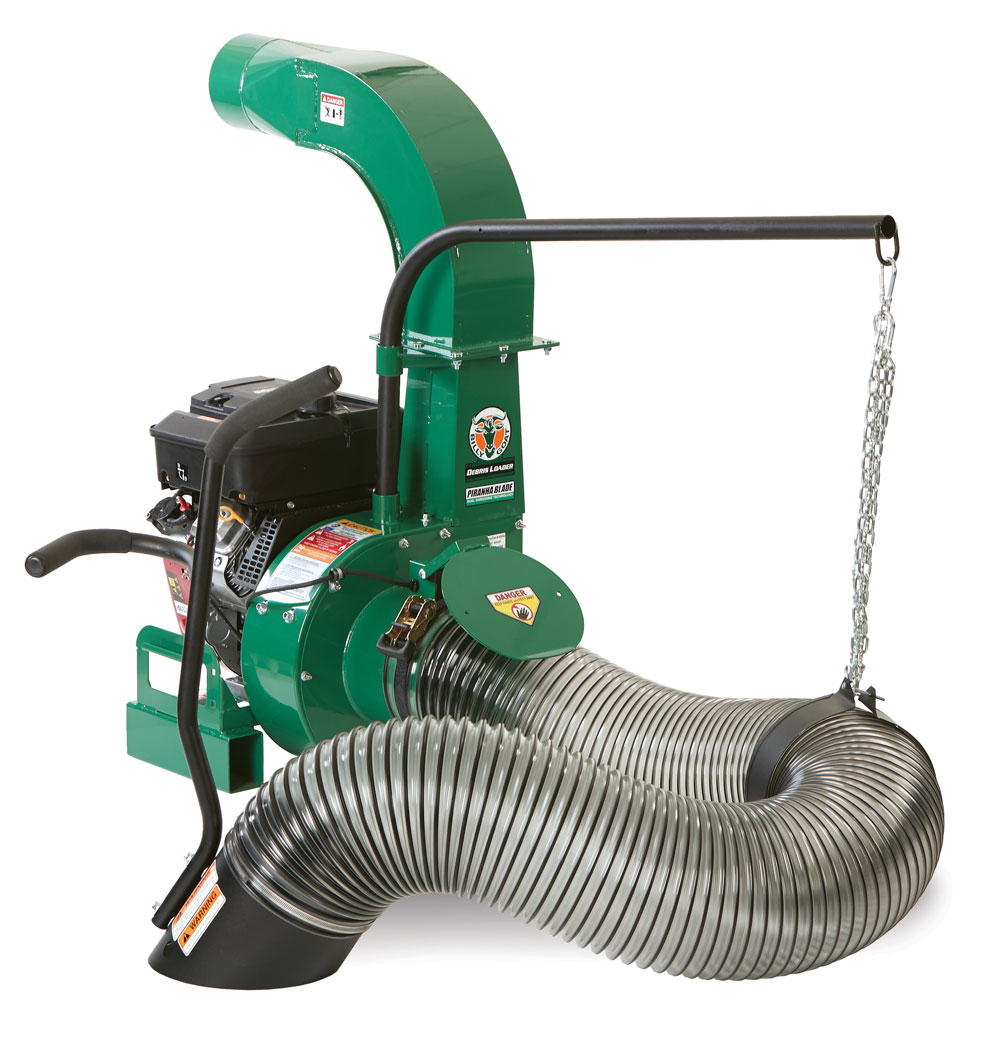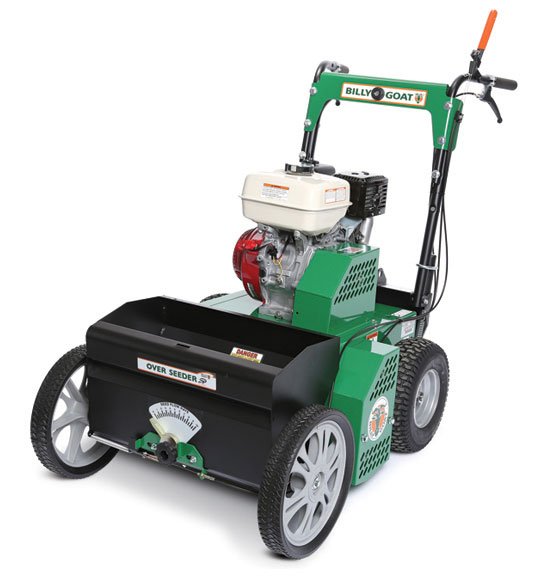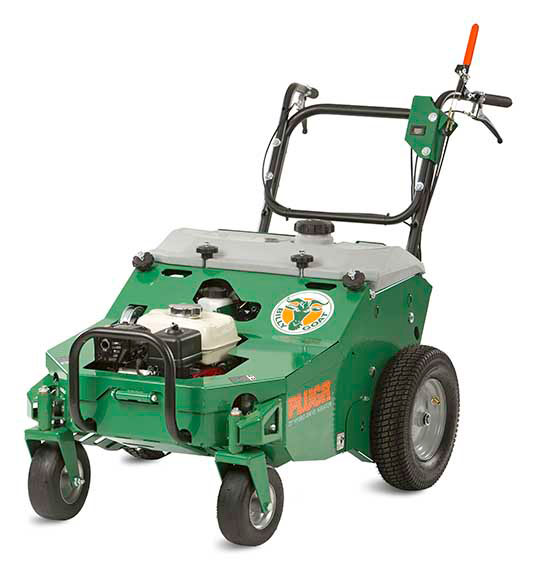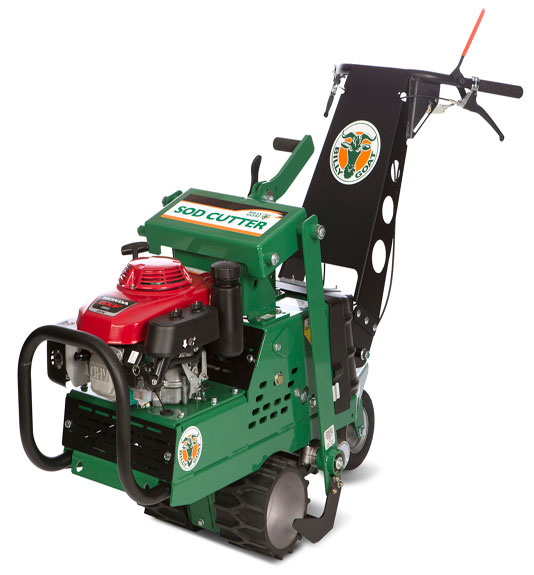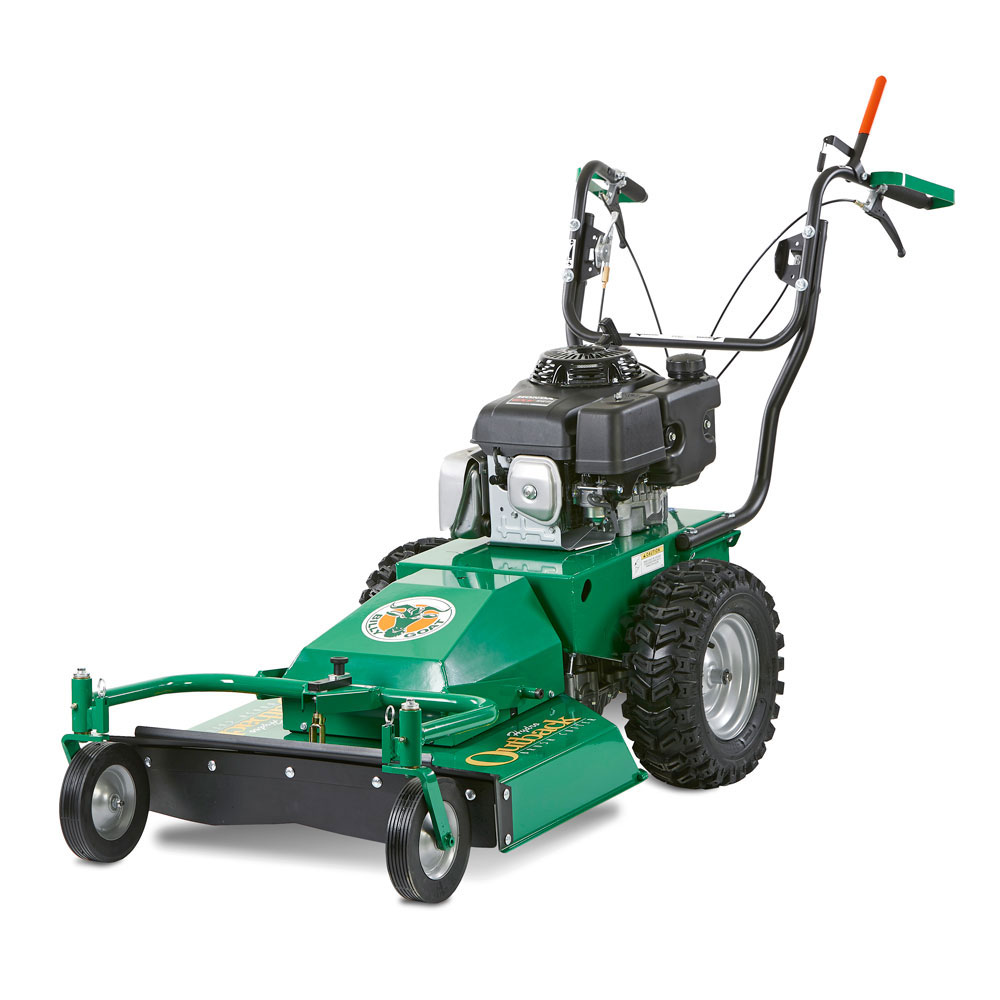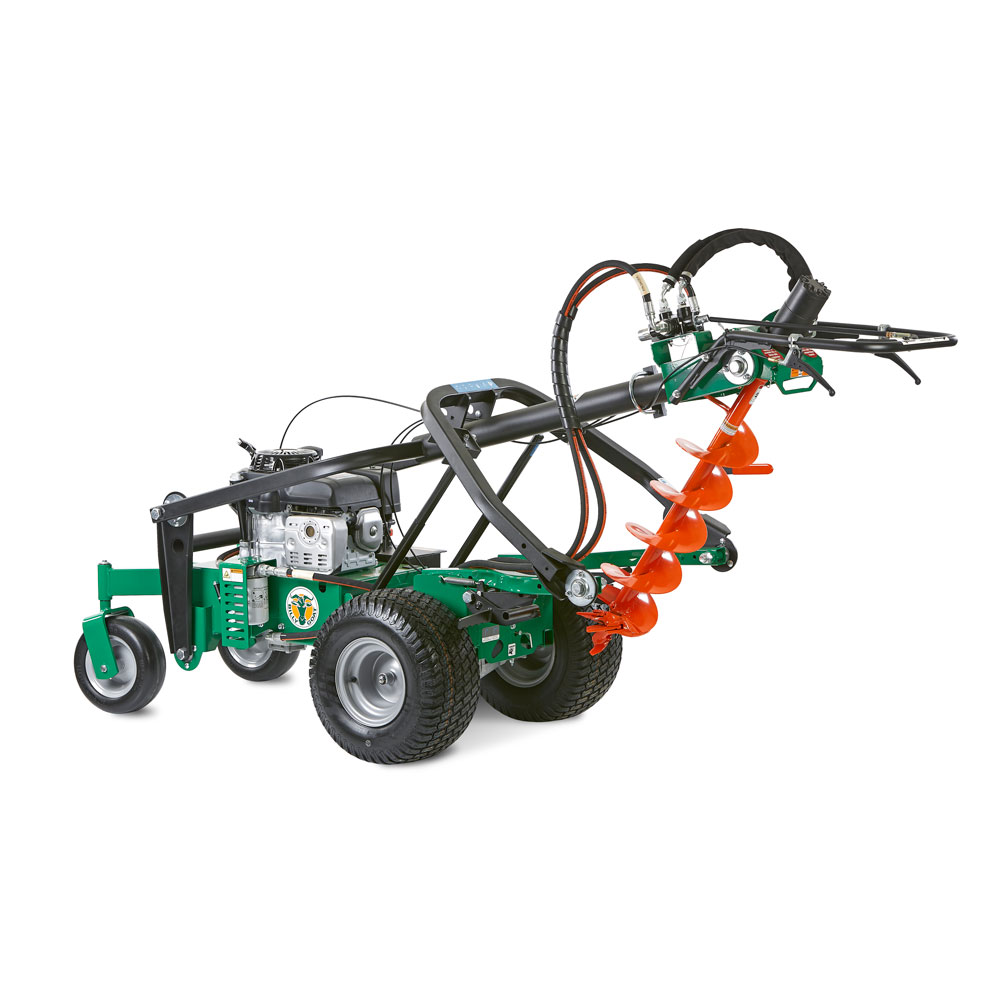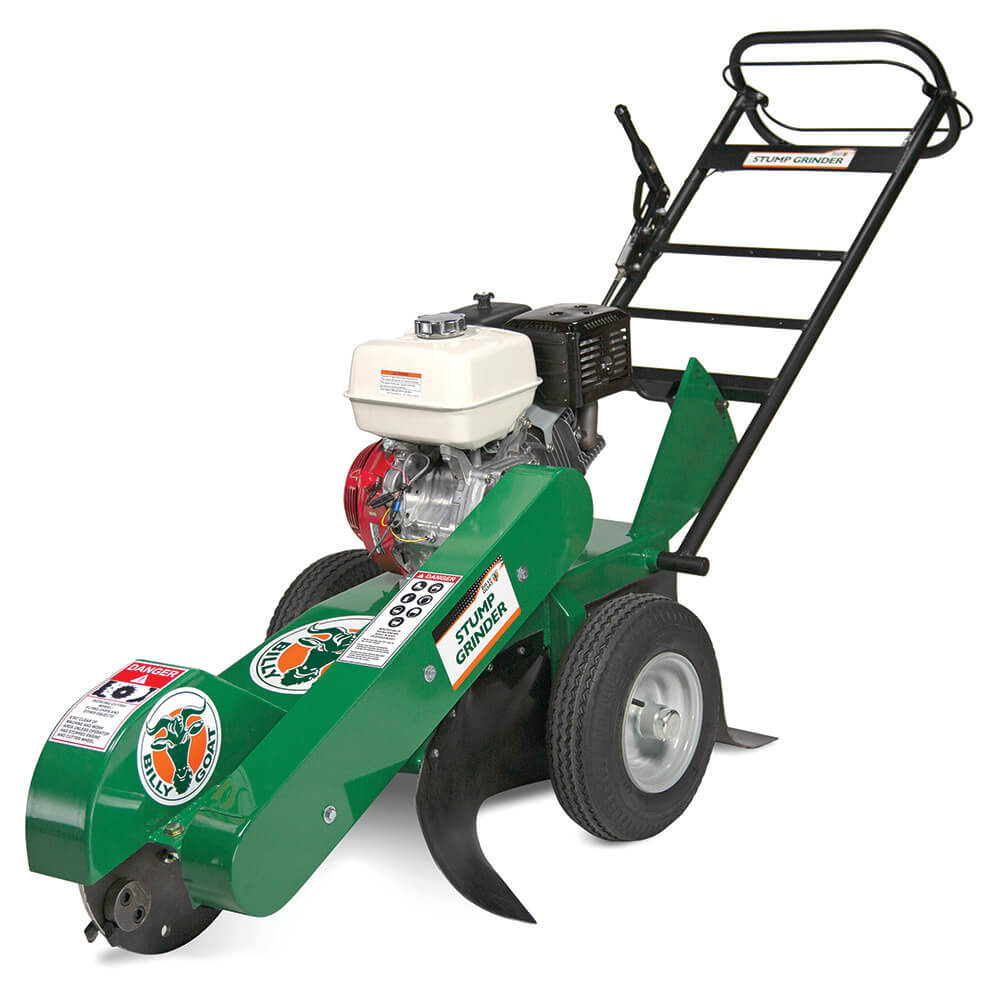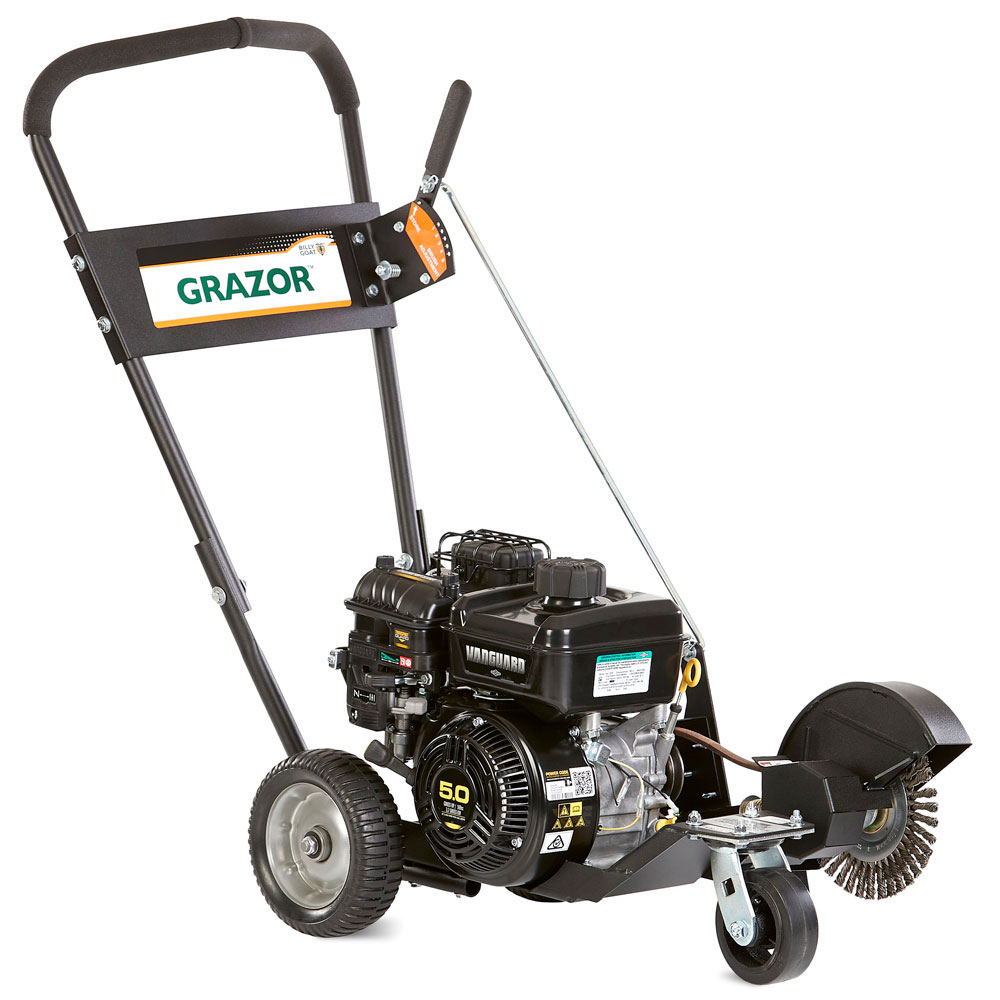Aeration and Overseeding Application Techniques for Improved Turf Health
There's little or no disagreement among lawn care professionals on the principles or benefits of core aeration and overseeding. The concepts are simple in principle and the benefits are critical for maintaining beautiful, healthy and lush turf. Aeration opens up the lawn and allows for more air, water and nutrients to penetrate into the root zone and develop healthier/deeper root growth. Overseeding drops seed and opens a groove in the soil about a ¼” deep that creates good seed to soil contact and germination rates for a thicker lawn. However, there are wide differences in application recipes, timing and machinery - which can impact efficiency, safety and productivity.
TRADITIONAL METHOD & EQUIPMENT
The tried-and-true method has been to aerate in mid-to-late August and then overseed in September. For most residential lawn care professionals, this means using a drum aerator and a mechanical overseeder.
The walk-behind drum-type aerator is the industry staple due to price. At the heart of the mechanics is a tine wheel that rotates and relies on weight for tine penetration and offers a fixed hole pattern that typically produces 4-6 holes per square foot.
Moving back and forth across a lawn, users must disengage the tines from the turf by lifting up from the handle on each turn to prevent damaging the turf. But instead of completely lifting the handles, which can be difficult and time consuming with some aerator designs, operators tend to lift and spin the unit at each turn.
Dry conditions can add even more challenges for the operator. Most units require added weight bars when the ground is hard and dry to help improve tine penetration. This adds to the amount of physical exertion needed to effectively operate the machine during turns. This results in increased fatigue, operator errors, higher labor costs and ultimately, diminishing returns.
When overseeding, a mechanically-driven overseeder is typically very effective in ensuring all-important seed to soil contact and providing an economical way of distributing seed evenly. These units weigh about 150 pounds without the seed and can tip the scales at around 200 pounds. While the rotating blades normally assist in propelling the machine, wet conditions, slopes and expansive terrain can make for a long and grueling day of pushing the load.
Recent improvements in overseeders have also helped increase productivity and operator comfort in this method. Newer self-propelled hydrostatic drive units have eliminated fatigue associated with pushing older style units when they slip and typically feature more intuitive forward and reverse operator controls for ease of operation.
Some units feature foot pedal actuation to automate raising and lowering the reel. To maximize materials, manufacturers have incorporated automatic seed drop with reel engagement and disengagement, conserving valuable seed. Elevated seed boxes prevent moisture from clogging the seed drop and provide excellent visibility.
HYBRID METHOD & EQUIPMENT
Many lawn care firms have chosen to expedite the traditional process by incorporating a verti-slicer in place of overseeding and doing it simultaneously with aeration or within days when the cores are dry. The slicer creates a groove for the seed to be in contact with the soil, which is needed for germination and proper root development of the seedling.
Following aeration, many pros will use a broadcast spreader to drop seed, then verti-slice to break up dry cores and create furrows for germination. A verti-slicer (thatcher with blades vs. flails) can be used or an overseeder without using the seed box – which has slicing blades standard. This is a very common recipe of lawn renovation throughout the Midwest and the Heartland and is more productive than the traditional method.
This is still a labor and time consuming process that will require multiple trips, pieces of machinery, and added labor for the entire renovation process. However, is probably best when doing a very thin or highly damaged yard when reestablishing turf.
NEW TECHNOLOGY TO INCREASE PRODUCTIVITY
When doing standard renovating to improve the health and density of existing turf, technology is now available that improves on traditional aeration and overseeding, making it not only possible to aerate and overseed in one visit, but with significantly less labor, fatigue and time. Contractors can improve productivity by completing jobs faster and with less operators and machines that justify the added initial capital investment and help recoup their investment more quickly.
New cam-driven reciprocating aerators have the ability to drive more holes and create higher quality cores even in drier soil - all with significantly fewer tines than traditional units. And since they don't rely on weight, these new aerator designs are easier to maneuver and can cover more ground in less time.
For contractors, this means less waiting on optimal soil conditions to aerate, fewer call backs, and a better quality job. Newer hydro-drive systems have also improved speed and the ability to aerate hills and, in some cases, offer aeration in reverse. Since these units have hydro drive, hydro tine and turn easily in the ground, they now do the work which results in less operator fatigue.
An additional, recent development is variable aeration density (VAD) capability. Aerators with this technology produce 2-10 times more holes than fixed drum models in a single pass (8-48 holes per sq. ft.) and can increase density for overseeding or do patch repair and seed bed prep in one pass by simply slowing down over bare spots. This eliminates double or triple aerating with traditional fixed pattern aerators that have hole patterns as low as 4 per sq. ft.
This recipe for these new units is to aerate and broadcast seed afterward. Finish by hand seeding and cover with hay, those select damaged areas that were prepared for patch and seed and enjoy the healthier and thick turf that results. Any remaining plugs of soil and thatch created by an aerator will deteriorate over 10 days and help the seed to germinate.
All of these advances allow lawn professionals to offer their customers all of the advantages of traditional aeration and overseeding - faster and more cost-effectively. Proper watering on a daily basis for up to 14 days until the grass seeds germinate and then regularly thereafter will be critical to the success of any job regardless of what method you and your team use.
-Pierre Pereira, Billy Goat
Pierre Pereira is Director of Sales at Billy Goat. He came to the company in August of 2007. Pierre's background in lawn and garden power equipment not only encompasses deep understanding and knowledge of customer needs across multiple markets, but also includes his own experience as a Landscaper in his earlier days, earning his way through college.


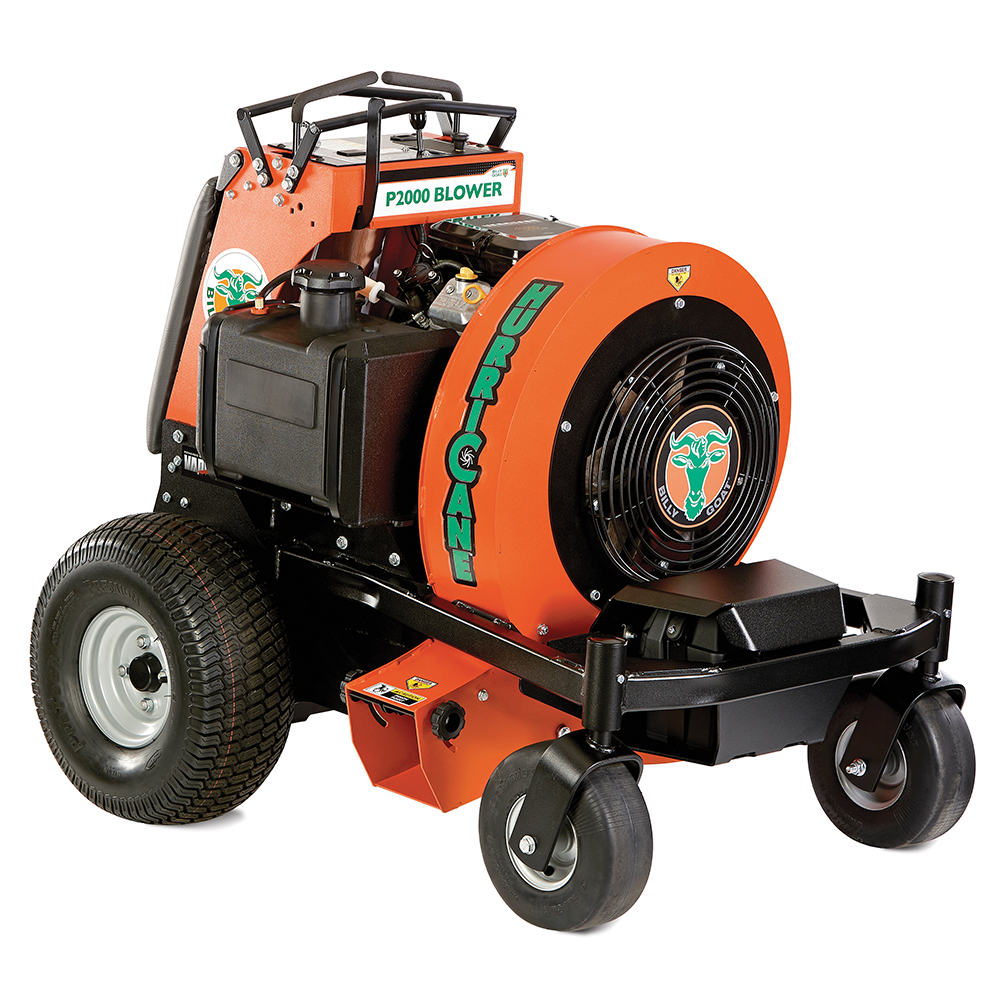
.jpg)
